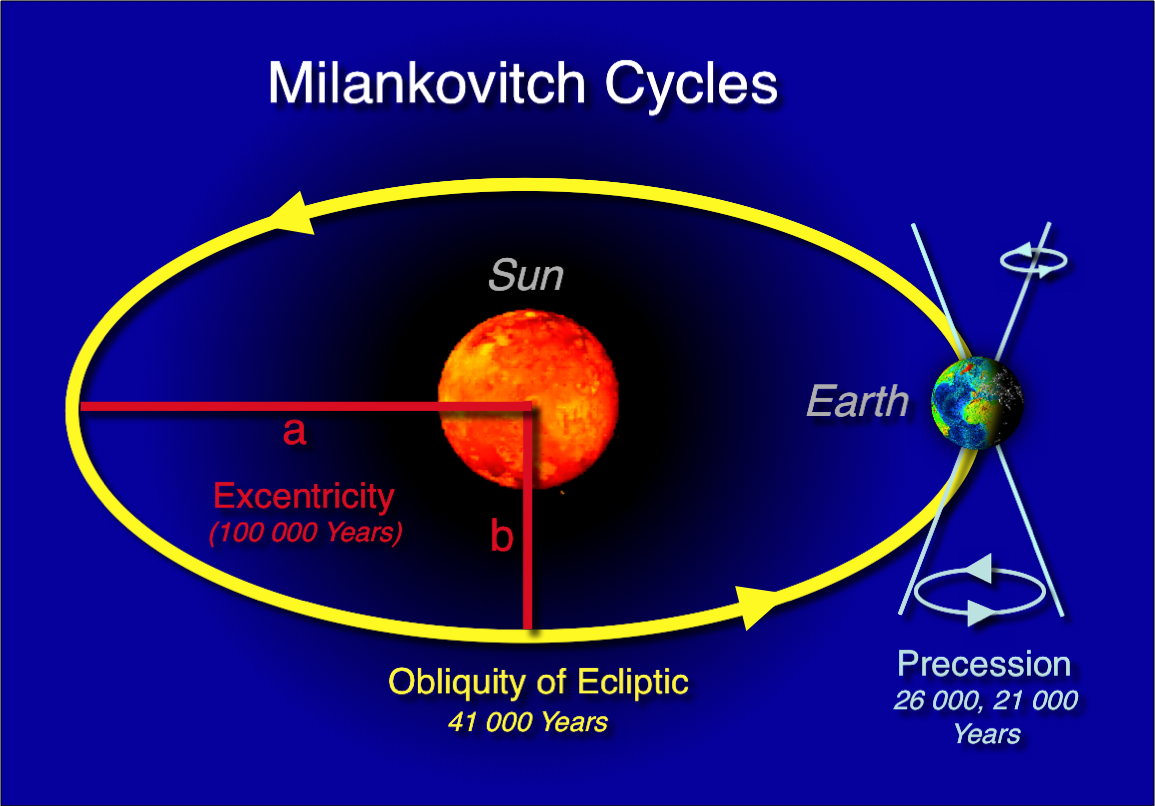a University of Southampton Experts in collaboration with researchers from several other institutions They came to itThat the change in the Earth’s orbit is due to the emergence of complex forms of life, and, moreover, at a time when the climate of our planet was the worst.
About 720-635 million years ago, our planet experienced a period called the Earth snowball, when the surface was almost completely covered with ice. The researchers studied a bedrock belonging to the banded iron ore formation from Australian sites that formed when Australia (even with Antarctica) was near the equator. Striped iron ore is a sedimentary rock in which alternating layers of iron and diatomaceous earth are deposited in the ocean under an ice sheet, next to vast ice fields. During this period, due to ice, the ocean and atmosphere were not connected at all, and there was no exchange between them, and this means that relevant climatic events were also absent. However, the presence of banded iron ore contrasts with this unchanging climate, as its bands seem just as if they were formed as a result of climate fluctuations.
700 million years on the continents, purple circles indicate the presence of banded iron ore, and the arrow is in the rocks now under study.
Source: Nature Communications
“The iron comes from hydrothermal stacks on the sea floor, which are usually immediately oxidized by the atmosphere, which means that ribbon iron ore cannot form. However, during the snowball period, these iron-containing layers may have been deposited into the ocean. , which was locked into the atmosphere,” explained Dr. Thomas Gernon, one of the research participants.
The researchers examined the degree of magnetization of these rocks, which preserved traces of the Earth’s magnetic field from the period when the rocks formed. With the help of this, they were able to find out the time of the Earth’s previous orbital changes from the rock layers, and thus the change that resulted from the Milankovitch cycle arose from the radiation of the Sun. The Milankovitch cycle consists of the combined effects of the eccentricity of the Earth’s axis, the eccentricity, and the rotation of the orbit around the Sun, and results in climatic fluctuations at regular intervals.

The Milankovi cycle-Cycle elemei
Source: Wikimedia commons
Although the climate of our planet during the snowball period was significantly different from its natural period, these cycles still existed at that time. The researchers found that the penetration and retreat of the ice sheet also reflects them.
This also meant that sometimes there were ice-free areas where conditions were more favorable for life. In addition, the discovery also explained how sedimentary rocks with signs of liquid water could have been born at a time when surface water would have been surrounded by an ice sheet.
“This discovery is important because we know about the complex multicellular organisms that evolved during this time of crisis, and now we understand why as well,” Dr. Gernon added. There were ice-free oases where life found refuge during the harshest climate on our planet.












































